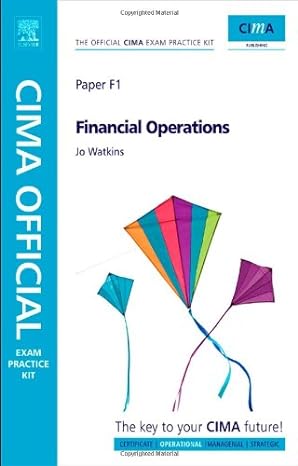Answered step by step
Verified Expert Solution
Question
1 Approved Answer
At December 31 Assets Cash Accounts receivable, net Merchandise inventory Prepaid expenses Plant assets, net Total assets Liabilities and Equity Accounts payable Long-term notes payable
At December 31 Assets Cash Accounts receivable, net Merchandise inventory Prepaid expenses Plant assets, net Total assets Liabilities and Equity Accounts payable Long-term notes payable Common stock, $10 par value Retained earnings Total liabilities and equity Current Year 1 Year Ago 2 Years Ago $ 27,568 79,108 102,448 8,702 244,796 $ 462,622 $117,497 88,712 $ 31,586 54,717 $ 34,231 42,983 74,518 8,208 229,783 $ 398,812 $ 66,051 93,561 162,500 162,500 93,913 76,700 $ 462,622 $ 398,812 For both the current year and one year ago, compute the following ratios: The company's income statements for the current year and one year ago, follow. For Year Ended December 31 Sales Cost of goods sold Other operating expenses Interest expense Income tax expense Total costs and expenses Net income Earnings per share Current Year $ 366,859 186,437 $ 601,409 10,224 7,818 $ 30,071 571,338 $ 1.85 47,669 3,730 207,087 $ 335,700 $ 44,312 75,673 163,500 52,215 $ 335,700 1 Year Ago $308,481 120,070 10,915 7,119 $474,586 446,585 $ 28,001 $ 1.72 (1) Debt and equity ratios. (2-a) Compute debt-to-equity ratio for the current year and one year ago. (2-b) Based on debt-to-equity ratio, does the company have more or less debt in the current year versus one year ago? (3-a) Times interest earned. (3-b) Based on times interest earned, is the company more or less risky for creditors in the Current Year versus 1 Year Ago
Step by Step Solution
There are 3 Steps involved in it
Step: 1

Get Instant Access to Expert-Tailored Solutions
See step-by-step solutions with expert insights and AI powered tools for academic success
Step: 2

Step: 3

Ace Your Homework with AI
Get the answers you need in no time with our AI-driven, step-by-step assistance
Get Started


